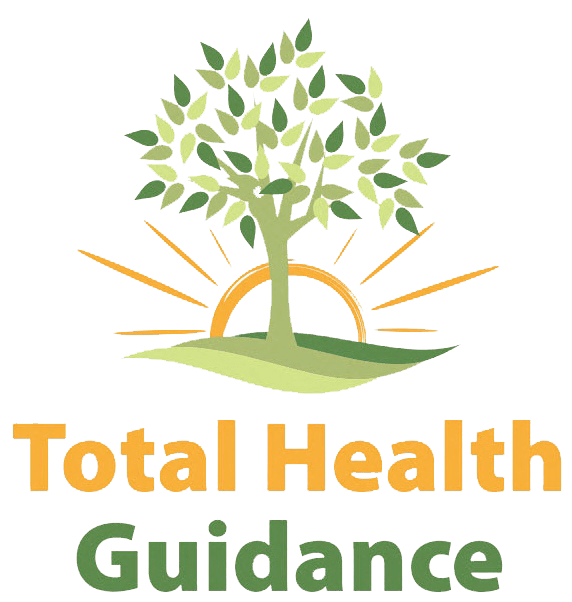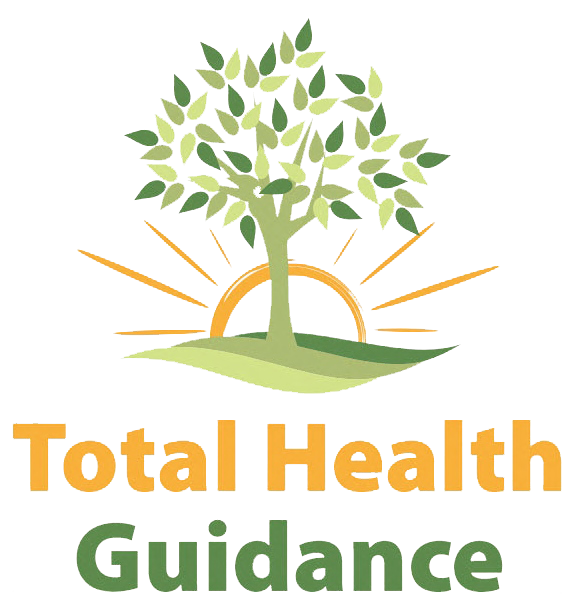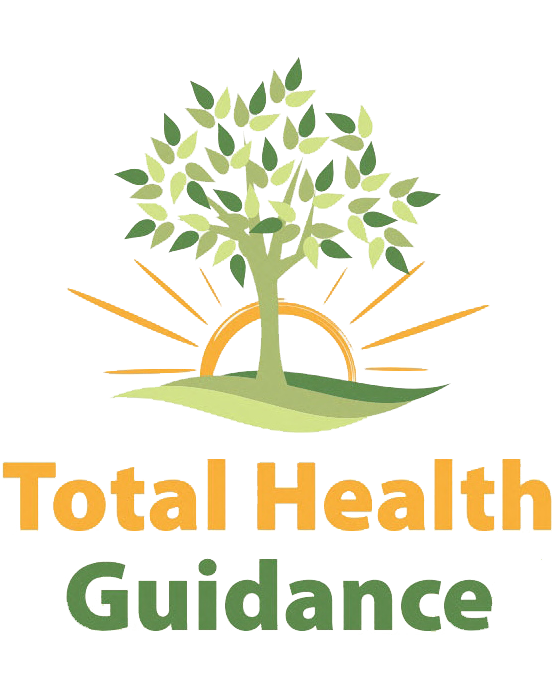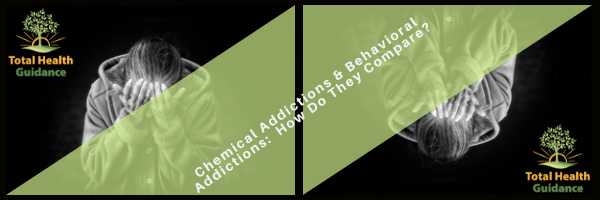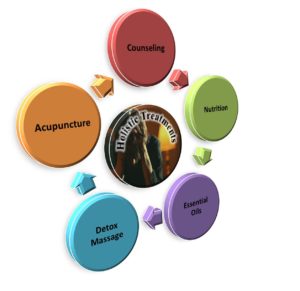Chemical Addictions & Behavioral Addictions: How Do They Compare?
When we consider someone with an “addiction”, what image comes to mind? Often, it is the image of a person whose life has been destroyed by the use of illegal drugs – someone who has lost their job, their marriage, their possessions, or their health due to a seemingly uncontrollable habit that has spiraled out of control. While this is certainly one of the forms addiction can take, it is important to also realize that the scenario described above is typically the end result of a chronic, progressive illness that has worsened over time. The vast majority of people who are facing such problems did not make an intentional choice to become dependent on a substance, but rather persisted in relying on an unhealthy coping skill (in this case the use of illicit drugs) long after this coping skill had become ineffective. In many cases, had such a person addressed their escalating addictive behaviors earlier on, some of the negative consequences often associated with substance dependence could likely have been avoided.
Defining addiction can be tricky, depending on whom you ask. The American Society of Addictive Medicine defines addiction as follows:
“Addiction is a primary, chronic disease of brain reward, motivation, memory and related circuitry. Dysfunction in these circuits leads to characteristic biological, psychological, social and spiritual manifestations. This is reflected in an individual pathologically pursuing reward and/or relief by substance use and other behaviors.
Addiction is characterized by inability to consistently abstain, impairment in behavioral control, craving, diminished recognition of significant problems with one’s behaviors and interpersonal relationships, and a dysfunctional emotional response. Like other chronic diseases, addiction often involves cycles of relapse and remission. Without treatment or engagement in recovery activities, addiction is progressive and can result in disability or premature death.”
It is important to note that many of the typical myths surrounding addiction are missing from this definition. Nowhere in this description is it stated that a person must use their drug of choice on a daily basis, that they must hit “rock bottom”, that they must exhibit physical withdrawal symptoms, or that only illegal substances can result in addictive use. With these points in mind, we can begin to define addiction in a broader sense.
While socially unacceptable substances such as cocaine, methamphetamine, heroin, or synthetic opiates are often understood to carry significant risk of addiction, societal norms and our legal system may lead us to believe that other substances, such as alcohol, nicotine, or caffeine, are “safe”. In reality, there is no distinction in the brain between these substances, no sign post stating “Legal drugs go here, illegal drugs go here.” We must be cautious in order to avoid falling into a belief that legal drugs do not also carry the potential for serious addiction.
But what are the “other behaviors” mentioned in ASAM’s definition of addiction? These potentially addictive behaviors, often referred to as process addictions, can lead to many of the same dangerous and unwanted consequences as chemical dependence. Though a person may not be introducing an addictive drug into their body, certain behaviors (such as compulsive eating, excessive exercise, addictive sexual behaviors, or gambling) can produce a reaction in the brain which is incredibly similar to those seen in chronic drug users. This stimulation can result in a release of brain chemicals that produce a feeling of euphoria, pleasure, or “a high”. In this regard, the difference between a chemical addiction and a behavioral addiction is minimal. These behavioral addictions often also follow a pattern of escalation, the development of tolerance, and the need for increasingly extreme or intense forms of behavior in order to achieve the “high”. If left unchecked, these behavioral addictions can also lead to dire consequences like financial hardship, negative impact on physical health, emotional instability, and damaged relationships.
If you find yourself struggling with a chemical or behavioral addiction, and are unsure of how to break the addictive cycle, consider reaching out to schedule an initial counseling session. Our holistic (mind, body, and spirit) approach to counseling can be an effective, nonjudgmental method for gaining a better understanding of your own personal addiction issues, why these addictive cycles are so difficult to break, and for creating a personal recovery plan that takes your life and unique experiences into account.

